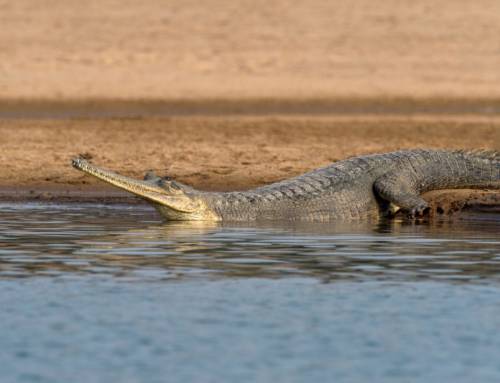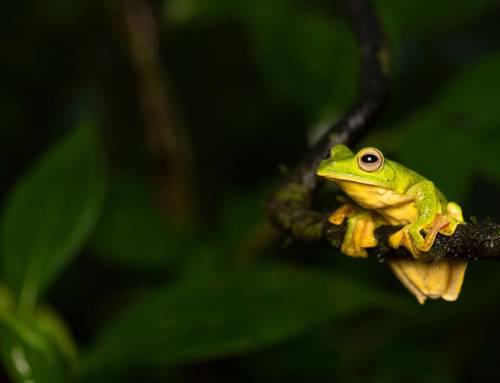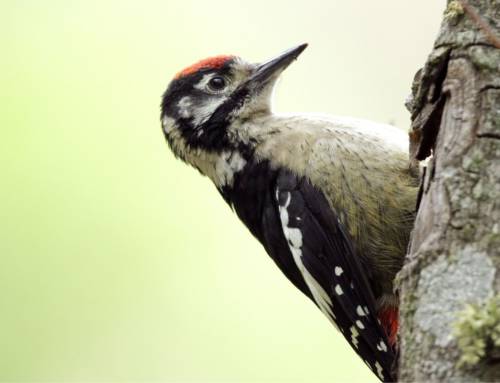Author: Krithi. K. Karanth
This is the first article from our four-part series titled Ecotourism.
Wildlife or nature-based tourism is growing in many countries across the world, including India. After surveying resorts and homestays near 10 wildlife parks in India, scientists from CWS and Columbia University found that there is an urgent need for increased regulation and tourist education for tourism to be truly beneficial for parks, wildlife, and local communities.
Nature-based tourism consists of experiences dependent on the natural environment, for example visiting wildlife parks, hiking, camping, birdwatching, and scuba-diving. In India, this is a rapidly growing industry, with park visitation increasing annually. Such tourism is considered valuable for conservation and local economies as it generates funds for park management and provides employment. However, this may not always be true in practice.
In order to understand the current state and future trends of wildlife tourism, Dr. Krithi K. Karanth from CWS and Dr. Ruth Defries from Columbia University interviewed tourist resorts, homestays, and forest department officials across 10 parks in India, including Ranthambore, Sariska, Pench, Kanha, and Nagarahole.
They found that wildlife tourism in the selected parks is growing rapidly at an average rate of 15%. Tourist numbers range from more than 5000 people per year in Bhadra to more than 500,000 people per year in Periyar. The majority (80%) of tourists visiting parks are Indian and this provides a tremendous opportunity to engage the Indian public in conservation.
Tourist facilities include resorts and homestays, are largely privately owned and new with 72% of tourist facilities established after 2000, and 85% located within 5 km of the park boundaries. In Periyar, Ranthambore, Kanha and Pench the facilities are clustered together, which might help in monitoring practices and use of local resources.
Tourist facilities use local resources heavily, especially water and fuel wood. In some parks such as Ranthambore, Kanha and Pench, despite severe water shortage in the summer months, tourist facilities had flowing water fountains and swimming pools. Though local people are employed by facilities, the jobs are mainly seasonal and the number of people who benefit directly is small.
Land use outside the parks is rapidly changing. Land on the edge of the parks is being purchased by outsiders to construct new tourist facilities, causing land prices to go up rapidly. In some parks, construction of walls and facilities are obstructing wildlife movement. Local people are selling to outsiders and moving further away from the park.
Rules and regulations vary across parks. In some, only forest department vehicles are allowed and in others private vehicles enter the park. There is heavy vehicular traffic, for example more than 27,000 vehicles entered Kanha in 2007-2008 and tourism routes are long (2200km in Kanha). Existing guidelines and regulations for managing tourism, land and resource use are inadequate and need to be consistent for Indian parks.
Reasons for growth in tourism include good wildlife sightings, increased publicity and marketing, easy access to many cities, and improvements in facilities and tourist activities. Additionally, the opportunity to see tigers is increasingly becoming a major motivation for tourists.
Several studies show that unplanned tourism can add to existing conservation challenges in parks, and may benefit very few people. The growth in wildlife tourism in India presents an important opportunity to engage both rural and urban Indians in conservation issues and can, for some parks, provide substantial revenues. Tourism, however, is not regulated and there is an urgent need to establish both best practice guidelines and regulations to manage tourists, tourist facilities, use of land, water and other resources around Indian parks.
Research Article: Nature‐based tourism in Indian protected areas: New challenges for park management – Krithi K. Karanth, Ruth DeFries – Conservation Letters, 2010
You can access the original research article here.
You can access the Kannada translation here.
This article was previously published in Conservation India. You can access it here.






